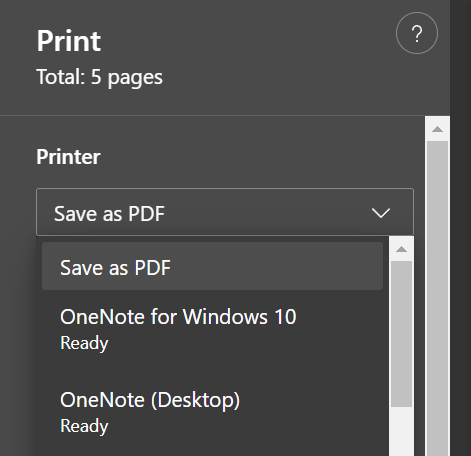Community-based Early Warning Systems (CBEWS)
Water Level Monitoring and Early Warning System
Climate Adaptation Effectiveness
Buklod Tao developed this project due to frequent flooding in the area. Upon its implementation, there were no reported flood-related casualties. This demonstrates that the established community-based EWS is effective [4].
Climate Hazards
- Extreme Rainfall
- Monsoon
- Rain-Induced Flooding
Locations
- Barangay Banaba, San Mateo, Rizal, Region IV-A (CALABARZON)
Adaptation Sectors
- Disaster Risk Reduction
- Urban
CCET Instuments
- Action Delivery
Target Group based on Vulnerability
Basic Sectors:
- Businesses
- Children
- Formal Labor and Migrant Workers
- Indigenous Peoples
- Persons with Disabilities
- Senior Citizens
- Urban Poor
- Women
- Workers in the Informal Sector
- Youth and Students
Evaluations
Economic / Financial Effectiveness
Based on Nepal’s Karnali River Basin case study, the cumulative value saved due to EWS can amount to PhP49,500 per household. To maintain such benefits, each household only needed to pay an annual fee of about Php33.5 for five years. Monitoring of the costs and benefits suggest that an earlier forecast would lead to increased savings outweighing the costs of the EWS [2].
Technical Feasibility
In order to implement this solution, an installed EWS and water level monitoring stations is required. The whole community would undergo training and seminars to inform them how the EWS functions, what the warning levels are, and what actions to execute with each warning level.
Social Acceptability
The partnership of the LGU and Buklod Tao made the installation of EWS possible. It was widely accepted by the community because it allowed for zero casualties and minimized damages during flooding scenarios. The community was able to establish its own system for each water level warning and was able to help each other intimes of crisis [1].
Environmental Impact
There is no direct environmental impact for this solution.
Other Information
This is ideally implemented in combination with slope stabilization of riverbanks and evacuation measures.
Mitigation co-benefit
There is no direct mitigation co-benefit for this solution.
Keywords
early warning system, water level monitoring, community based, flooding, community-based EWS
References
